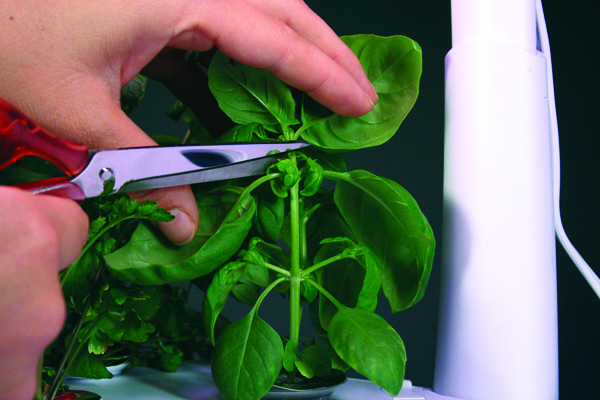How to Prune a Basil Plant

Basil is a ripe herb which can be grown either in a container or outdoors. It is one of the most important herbs which are used for cooking. You can eat it either fresh or dried. It has two popular varieties which are used for cooking. The Thai basil is used for Asian cooking whereas the sweet basil is used for Italian cooking. Besides its cooking uses, you can easily grow basil in your garden whether indoor or in your garden. However, in order to keep basil plants healthy, you need to trim and prune it regularly. This not only helps basil plants’ growth and flavour but also extend its growing season.
Instructions
-
1
Start early
You should start the pruning process early. You need to cut the plants up till there are two leaves left on the top. This will lead in growing of new leaves and branches of the basil plant. -
2
Get rid of flower buds
You need to discard flower buds as soon as you see them. You should halt the flower buds before they mature. This is because if the flower fully blooms, that branch will hinder the harvest. The amount of leaves produced on that branch will be reduced. -
3
Shape the basil plant
In order to prune a basil plant, you need to shape it. You should cut it when it grows larger. This is to avoid crowdedness of basil plants. You should prune from the above where two braches meets. Remember that basil plants will grow new branches in that area. Also remove the side branches as basil plants like room. They love air circulation and this will be improved if you cut the side branches and create more space. -
4
Encourage production of new leaves
In order to encourage production of new leaves you need to be assertive. Cut the basil plant to 1/3 after it matures. Remember that basil plant matures in almost three months and you should cut it down after that. -
5
Prune often
You need to prune basil plants when they are matured. This can be either once in two weeks or many times in a week depending on the growing conditions and types of the basil plant.





